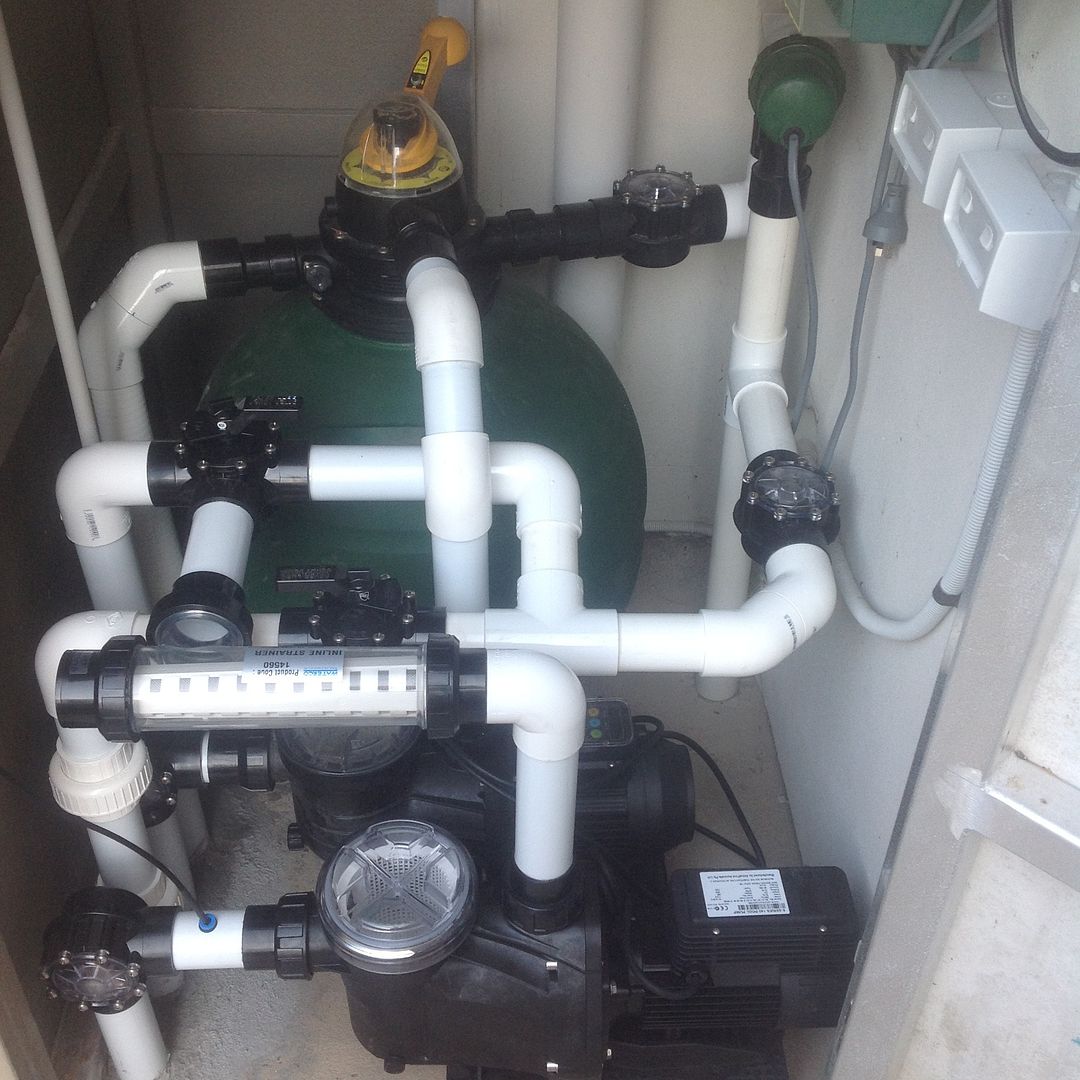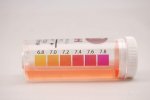- Sep 23, 2015
- 1,594
- Pool Size
- 20000
- Surface
- Plaster
- Chlorine
- Salt Water Generator
- SWG Type
- Astral Viron V25
I was looking back through this thread this morning looking at new test kit options.
Sal, it's not uncommon to have fine dirt, dust go strait through the filter, I've had it hear and on next doors pool with both sand filter and cartridge. About two weeks ago I got a flocculant tablet for $8, ran it in the pool all day, let it settle over night and vacuumed (very quickly) to waste in the morning... now it's nice and clear.
I doubt any any of I Dave's advise needs support but for what it's worth I concur, there's no need to over clean (backwash) your sand filter. The dirtier they get the better they perform to a point, I'll go with 25% increase. My preasure guage is cactus so I do mine every 2-3 months. And a couple of tips;
Never move the sand filters selector without turning the pump off first, that will eventually cost you $$ in repairs.
Always disconnect power to the pump via the main power point, it has 10amp rated contactors. Switching power at the chlorinators or time clock switch will stuff them, eventually.
Sal, it's not uncommon to have fine dirt, dust go strait through the filter, I've had it hear and on next doors pool with both sand filter and cartridge. About two weeks ago I got a flocculant tablet for $8, ran it in the pool all day, let it settle over night and vacuumed (very quickly) to waste in the morning... now it's nice and clear.
I doubt any any of I Dave's advise needs support but for what it's worth I concur, there's no need to over clean (backwash) your sand filter. The dirtier they get the better they perform to a point, I'll go with 25% increase. My preasure guage is cactus so I do mine every 2-3 months. And a couple of tips;
Never move the sand filters selector without turning the pump off first, that will eventually cost you $$ in repairs.
Always disconnect power to the pump via the main power point, it has 10amp rated contactors. Switching power at the chlorinators or time clock switch will stuff them, eventually.




